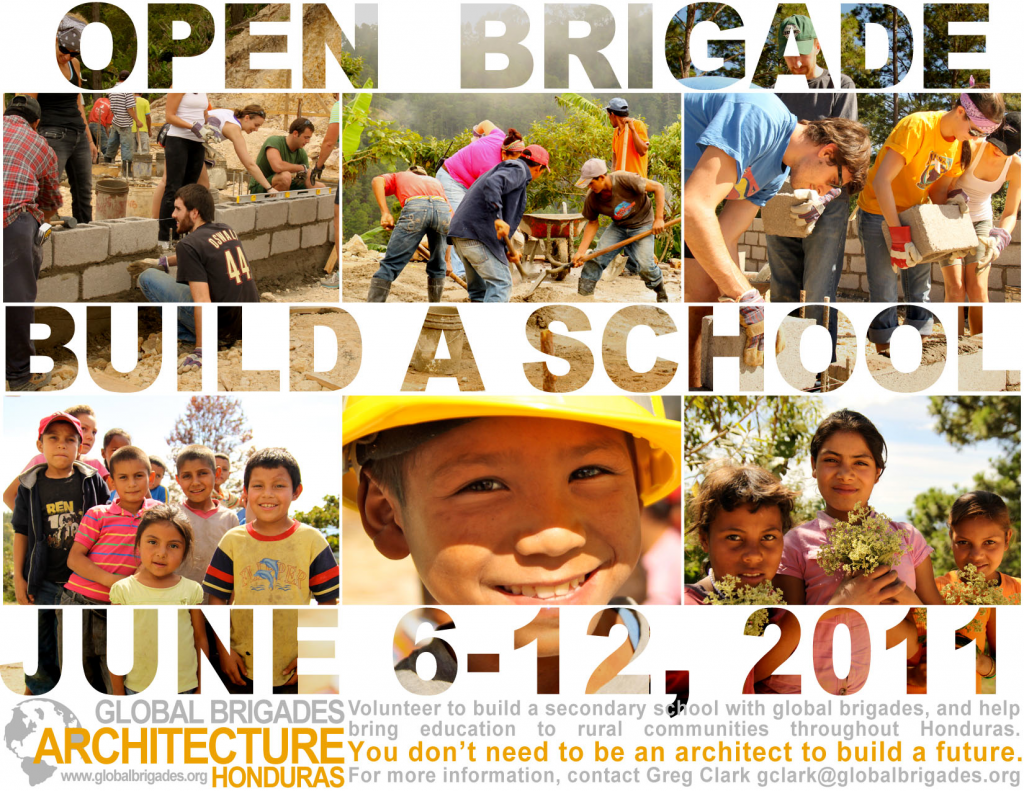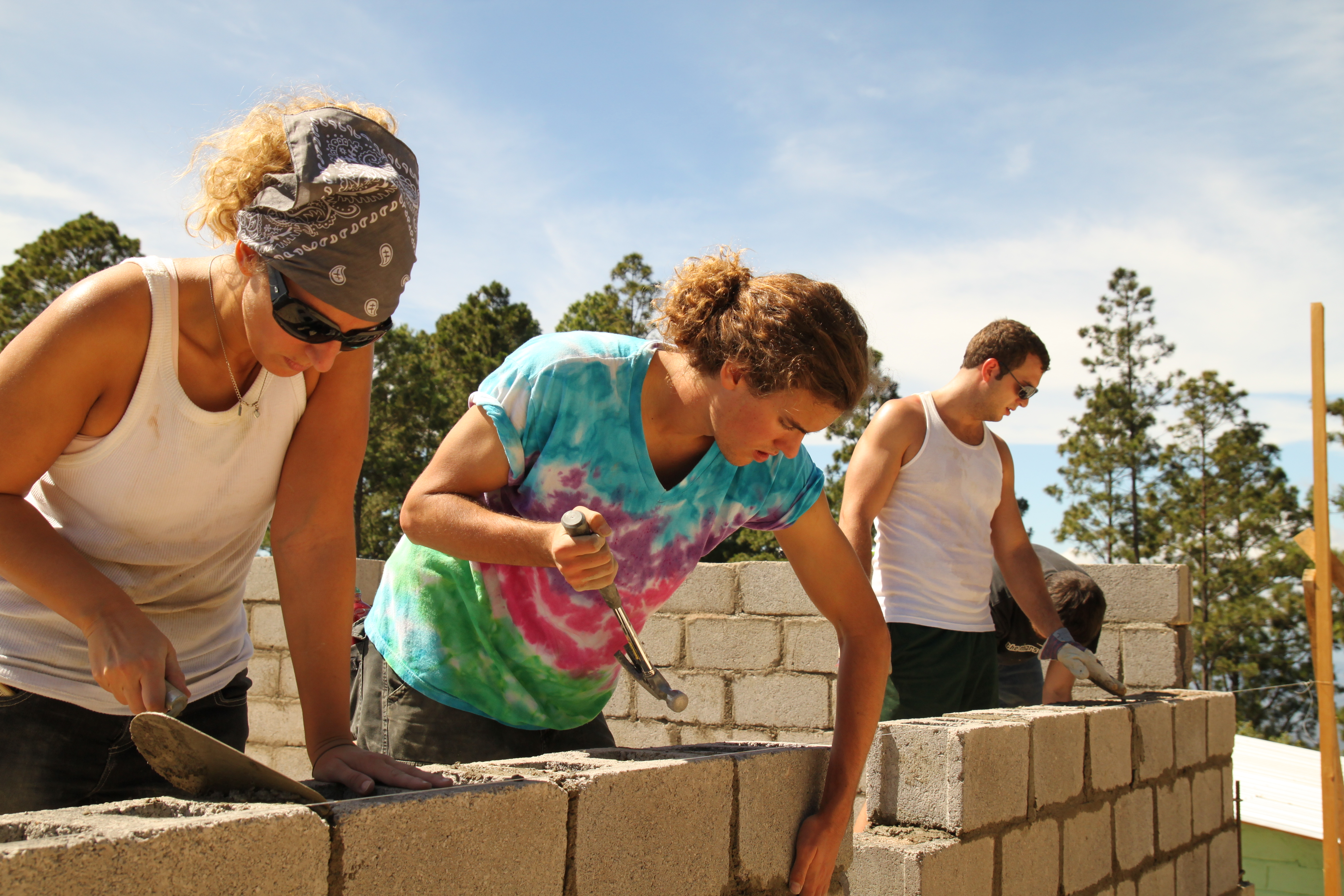Architecture For Everyone |
John Cunningham, 03/05/2010 |
| Architecture is popularly perceived as a field that dictates the evolution of our cities, designs the physical representations of the cultural and technological progress of our societies, and provides the financial elite with the homes and getaways of their dreams. Architecture is believed to be a boutiques profession, and its practitioners are portrayed as individual artists and thinkers, toiling at their masterpieces. Over 90% of all man-made structures are designed and built without the assistance of architects, meaning that the aforementioned image of architecture is largely true: it is a luxury to be enjoyed by those who can afford it. When we perceive this reality, and we must bear witness to preventable disasters, brought on by poor planning, design, and construction, such as the current tragedy in Haiti, we are forced to question the priorities of architects, the alleged guarantors of appropriate design and construction throughout the world. Architects can no longer be isolated artists and thinkers, focusing their skills on the desires of first-world society. Architects must be multi-disciplinary problem solvers, collaborators, innovators, multiple-systems analysts, humanitarians, respondents to the needs of mankind, and citizens of the world. The mark of the greatest civilization will not be the advancements of its cities or the height of its skyscrapers, but rather its ability to feed, clothe, and shelter its citizens. Architects must play an essential role in this task. Global Architecture Brigades was piloted just over one year ago with a two-part mission: to collaborate on design and construction project with communities that lack the means to realize such projects on their own, and to provide University students with the opportunity to put their technical training into action in situations of legitimate need. Since January 2009, when the program was piloted by six students from the University of Illinois at Chicago, GAB has collaborated in the design of four projects and the construction of two, and has spread from one university to approximately twenty, most of who intend to begin design or carry out construction on their projects in 2010. Each GAB project is approached with three goals: to design a project that embraces and utilizes local culture and vernacular techniques, to design a project that introduces innovative methods, materials, and systems, and to provide education in these techniques to the communities with whom we are building. In January of this year, the University of Southern California GAB made their second trip to Panama, during which they built a project they helped design in August of 2009. This project not only utilizes local building materials (wood, stone, cane, sand, gravel) and techniques (waterproofing using recycled materials, simple truss construction), but also introduces new materials (clear corrugated plastic roofing, two-part built-up roofs) and design techniques (multiple floor grain dryers, masonry wall construction, simple wood framing techniques), and provides the clients with the essential information of how to actually recreate these techniques on their own projects. This dissemination of knowledge is perhaps the most important part of every project, as a structure can only assist so many people, but knowledge transfer can affect entire communities, towns, and cities. The more GAB continues to grow, the more communities we can work with, the more students we can empower to push their design abilities past their expectations, the greater our projects can increase in complexity, and the closer we can come to understanding what it means to design and build with developing communities. If you are interested in joining this effort, visit our website www.architecturebrigades.org , check out our wiki page globalbrigades.wikidot.com, or contact John Cunningham johncunningham@globalbrigades.org.
John Cunningham is the founder and director of Global Architecture Brigades. He enjoys the music of Spencer Krug, and is currently contemplating what to eat for lunch. |
|
Apr 20, 2010 5:57:54 AM | From the Field
Global Architecture Brigades Program Update
Architecture For Everyone John Cunningham, 03/05/2010 Architecture is popularly perceived as a field that dictates the evolution of our cities, designs the physical representations of the cultural and technological progress of our societies, and provides the financial elite with the homes and getaways of their dreams. Architecture is believed to be a boutiques profession, and […]




